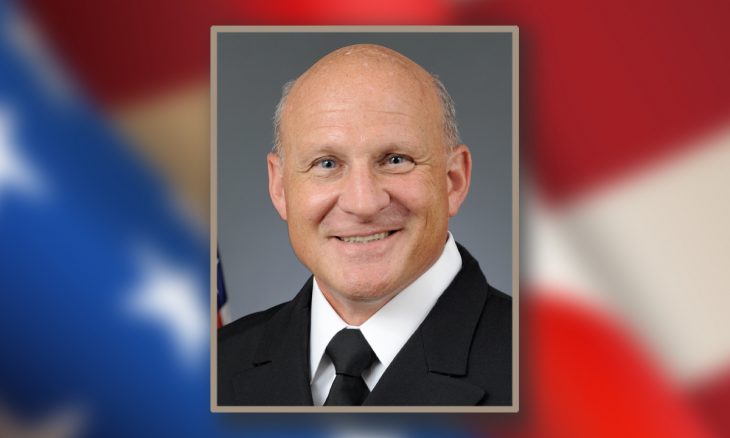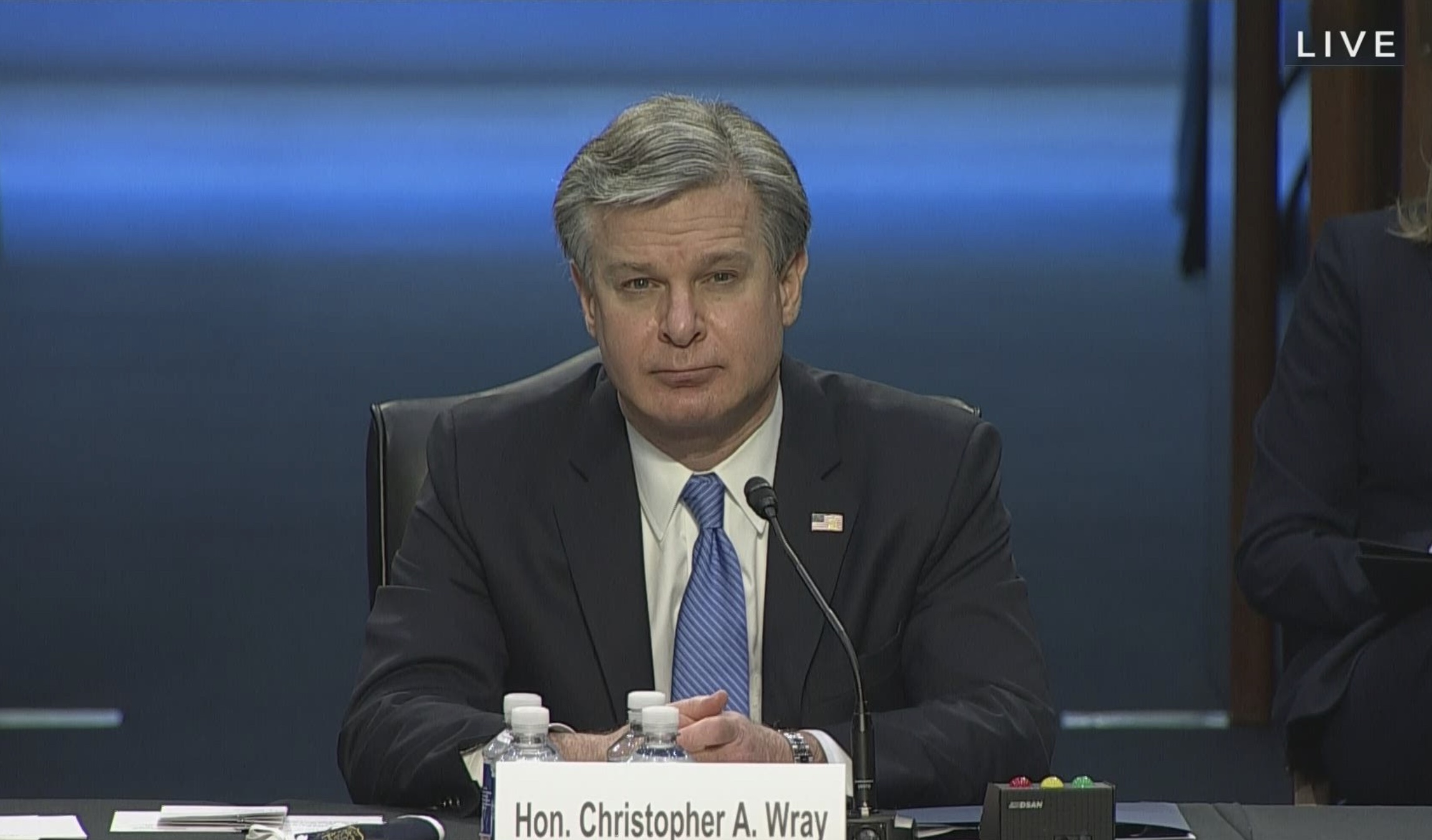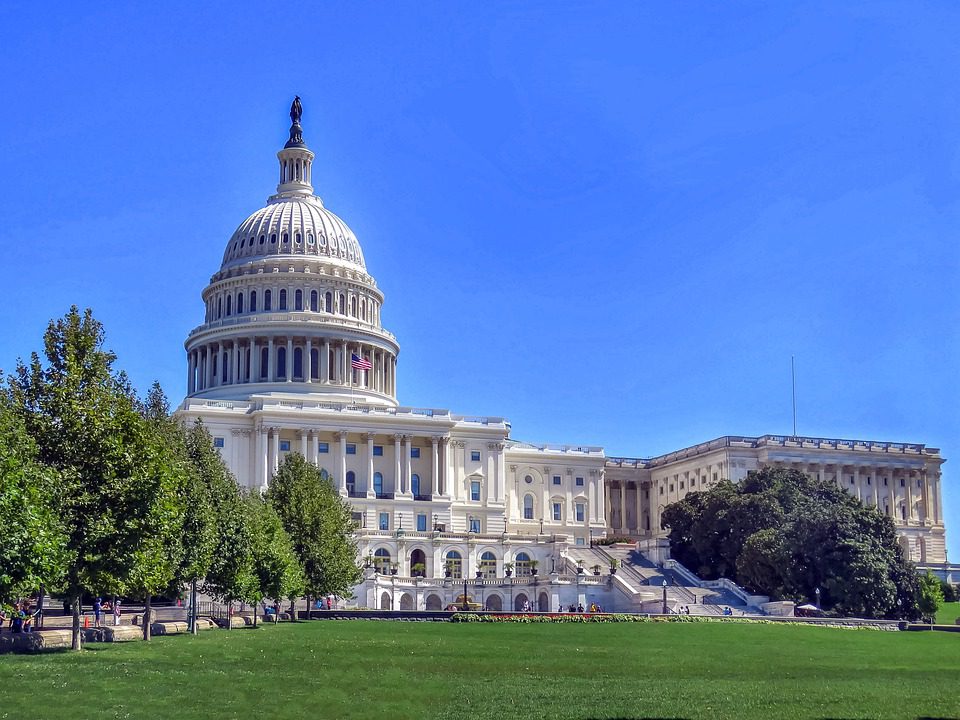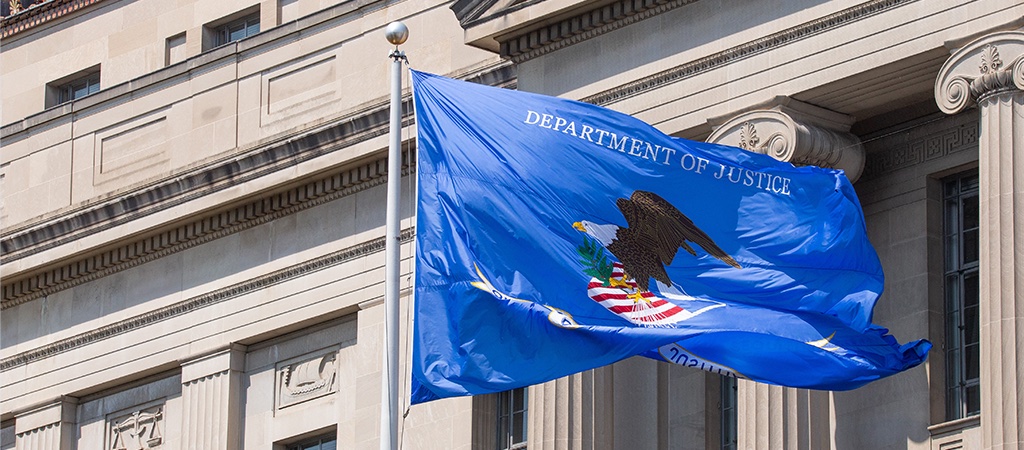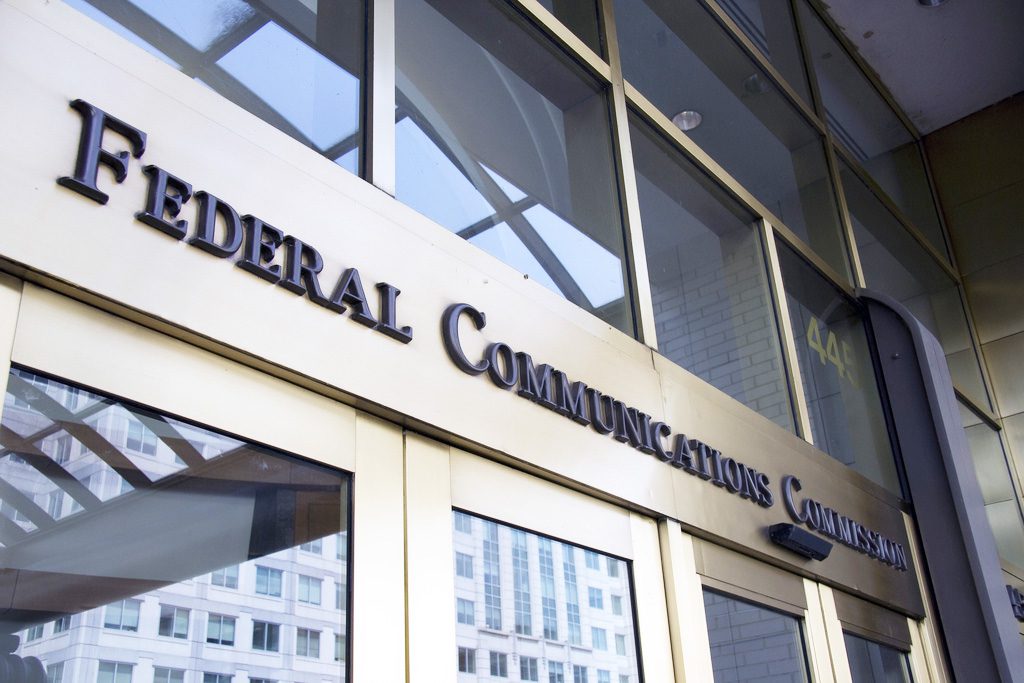Admiral Michael Gilday
Chief of Naval Operations
Michael Martin Gilday was born in October 1962 in Lowell, Massachusetts. He is a graduate of the United States Naval Academy, and also graduated from the Harvard Kennedy School and the National War College.
At sea, he deployed with USS Chandler, USS Princeton, and USS Gettysburg. He commanded destroyers USS Higgins and USS Benfold. He subsequently commanded Destroyer Squadron 7, serving as sea combat commander for the Ronald Reagan Carrier Strike Group. He deployed to the Gulf War.
As a flag officer, he served as commander Carrier Strike Group 8 embarked aboard USS Dwight D. Eisenhower, and as commander, U.S. Fleet Cyber Command and U.S. 10th Fleet.
Gilday’s staff assignments include the Bureau of Naval Personnel, staff of the Chief of Naval Operations, and staff of the Vice Chief of Naval Operations. He served as executive assistant to the Chairman of the Joint Chiefs of Staff and naval aid to the president.
He served in joint positions as director of operations for NATO’s Joint Force Command Lisbon, as chief of staff for Naval Striking and Support Forces NATO, director of operations for U.S. Cyber Command, and as director of operations for the Joint Staff. He recently served as director, Joint Staff.
He began his service as the Chief of Naval Operations in August 2019.
In the News…
The Navy has been called to grow the fleet in the face of an aggressively growing Chinese Navy. But leadership changes and conflicting shipbuilding plans have stymied Congress in recent years.
Admiral Michael Gilday, the Chief of Naval Operations, said that competition with China is not about the size of America’s fleet as it was in the days of President Ronald Reagan when he mandated 600 ships to face the Soviet Union. He said there is now a realistic plan for growing the Navy, not another unfunded promise to build hundreds of ships.
“We need to deliver. I’m focusing on less talk and more action,” he said. “The United States had a presidentially-driven directive to maintain a 600-ship Navy,” he said referencing the Reagan presidency. But today’s current shipbuilding plan is a formula that yields a range of ships and numbers based on exercises and war games.
“It isn’t based in a pie-in-the-sky number,” he said. “The Navy does have a plan, and that plan is being informed by ongoing testing, evaluation, analysis.”
That plan calls for the Navy to reach 355 ships between fiscal years 2031 and 2033 and 405 by 2051. China currently has some 335 surface ships, compared to America’s 296.
“That’s all input back into the analytic cell that is actually taking a look at shipbuilding numbers right now,” the admiral said. “So, it’s dynamic.”




